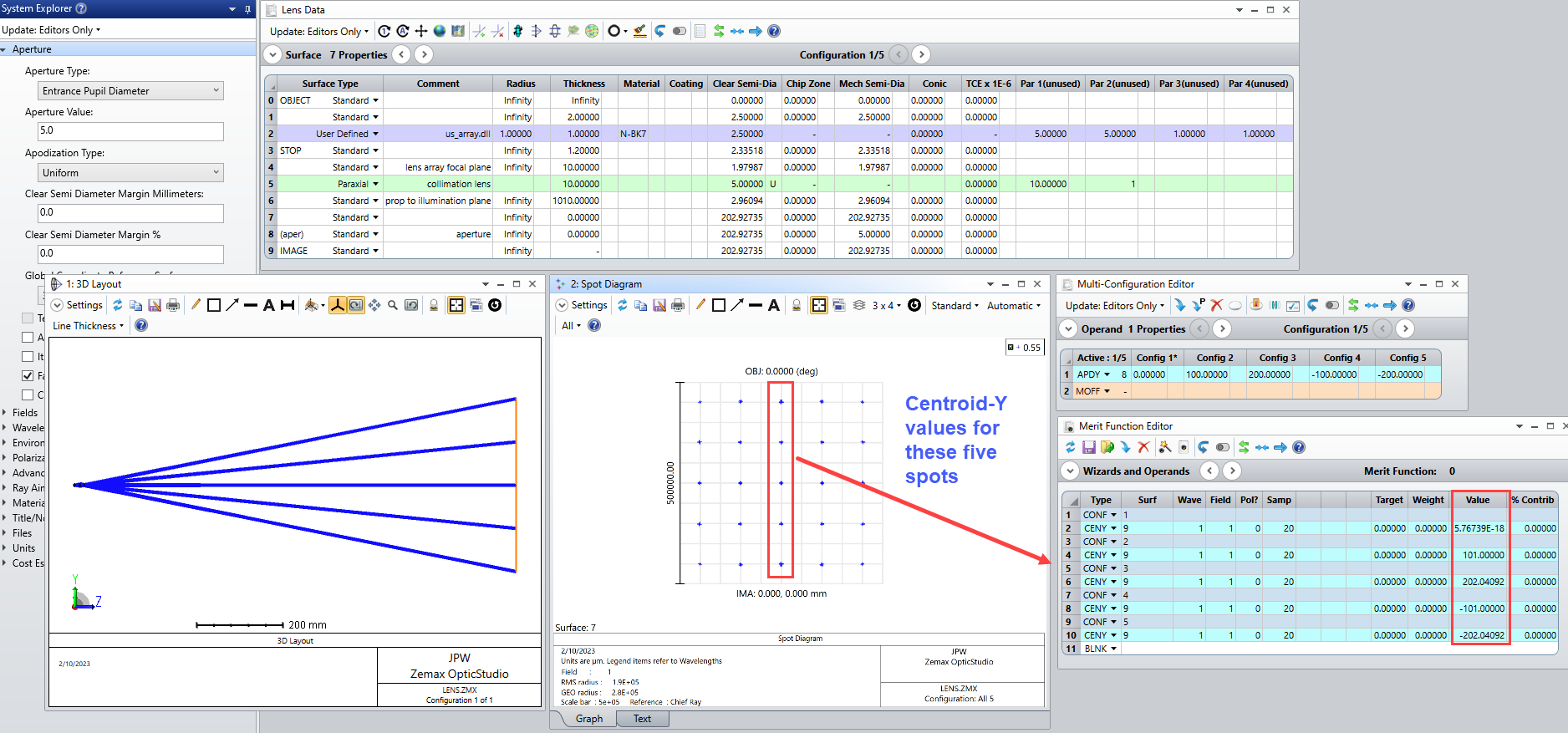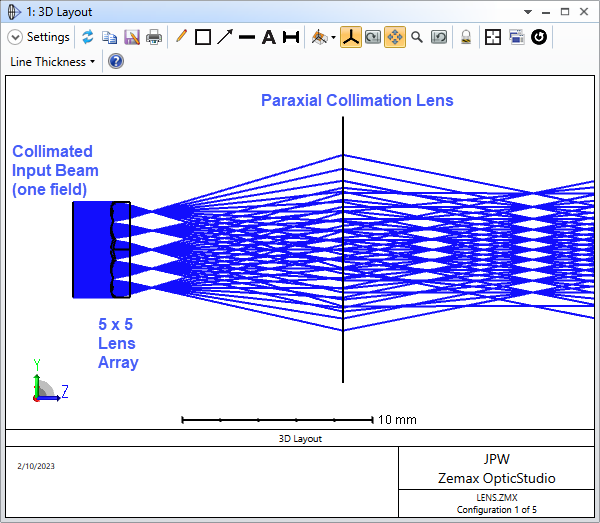Hi,
I am looking for an operand that works the same way as CENY, but is not limited to one field, but can distribute multiple foci of a single field. My goal is to create a specific light distribution. I have exact targets at which Y-position on the image plane the beams should hit.
In other words: I try to create a kind of distortion manually.
The brightness should be focused at several specific points.
Best regards, Lukas






